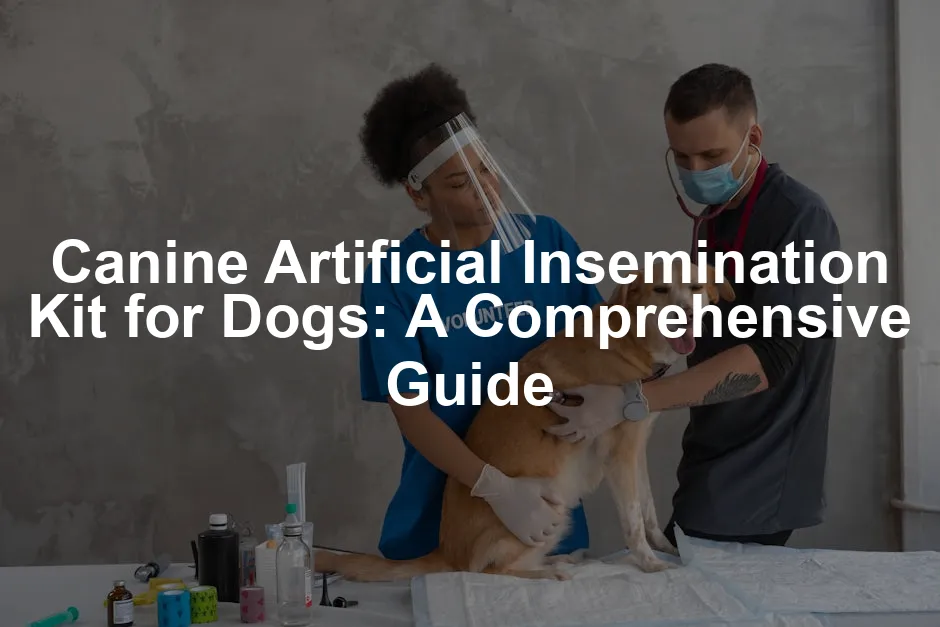Looking for a reliable AI kit? Check out these recommended products that include all essential components for successful insemination.
Choosing a quality artificial insemination kit for dogs is essential for successful breeding.
Steps for Performing Canine Artificial Insemination
Preparation Before AI
Timing is everything when it comes to artificial insemination. The heat cycle of the female dog plays a crucial role. You need to identify when she is most fertile. This usually occurs during the estrus stage, approximately two days before and three days after ovulation.
Preparation also includes ensuring proper hygiene in your environment. Always use sterile equipment and maintain a clean area to prevent infections. A clean setup reduces the risk of complications and increases the chances of successful breeding.
For tips on tracking your dog’s heat cycle, link to our resources for further guidance. Proper preparation lays the groundwork for successful artificial insemination. Consider using a Heat Cycle Tracker for Dogs to help monitor her cycles accurately.
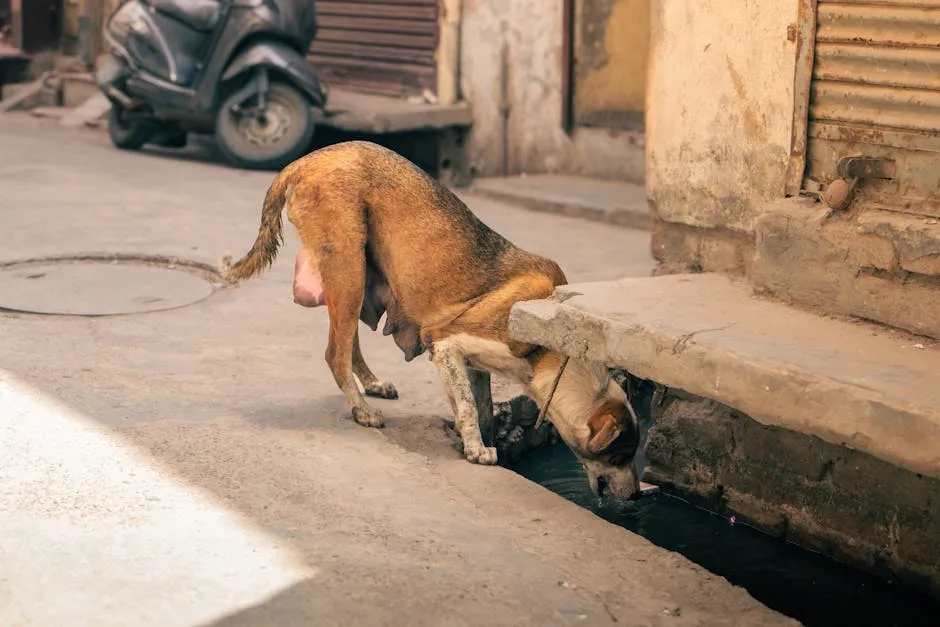
The AI Procedure
Performing artificial insemination (AI) requires careful attention to detail. Here’s a step-by-step guide to help you through the process safely and effectively.
- Gather Supplies: Ensure you have a sterile insemination kit, including tubes, syringes, and gloves.
- Prepare the Dog: Position the female dog standing with her back legs behind her pelvis. This posture aids in insertion.
- Insert the Tube: Attach the syringe to the insemination tube. Gently insert the tube into the vaginal vault while avoiding the urethra.
- Deposit Semen: Once the tube is in place, deposit the semen. Follow up with air or a semen extender to push any remaining semen through.
- Hold Position: Keep the female standing for at least 10 minutes post-insemination to maximize success.
Common mistakes to avoid include using non-sterile equipment, which can lead to infections. Ensure that your timing is right; inseminate during the female’s peak fertility period. Misjudging this can significantly lower your success rate. According to veterinary studies, fresh semen AI has a success rate comparable to natural mating when done correctly.
Want a visual guide? Watch instructional videos that demonstrate the process in detail. They can help you see firsthand how to perform AI effectively.

Aftercare and Follow-Up
Post-Insemination Care
After the AI procedure, it’s crucial to care for the female dog properly. Provide a calm, quiet space where she can rest. Stress can affect her chances of pregnancy. Consider using a Dog Anxiety Vest to help keep her calm during this time.
Monitor her for signs of pregnancy, which can appear within a few weeks. Look for behavioral changes, a decrease in appetite, or a larger abdomen. It’s essential to keep track of her heat cycle and note any changes in her behavior.
For more information on dog pregnancy care, check out our linked resources. They offer valuable insights on what to expect and how to support your dog during this important time. You might also want to consider a Dog Pregnancy Test Kit to confirm her status!

Potential Challenges and Solutions
Common Issues with AI
Artificial insemination (AI) in dogs can come with challenges. One major issue is poor semen quality. If the semen has low motility or abnormal morphology, the chances of successful fertilization decrease significantly. According to studies, around 30% of AI failures are due to subpar semen quality.
Another common challenge is timing errors. Misjudging the female dog’s heat cycle can lead to missed opportunities for successful insemination. The optimal window for AI is typically two days before and three days after ovulation.
To tackle these problems, breeders can take specific steps. First, always perform a semen analysis before insemination. This ensures that the semen is viable. Additionally, tracking the female’s heat cycle accurately can help identify the best time for insemination. Using hormone tests can provide precise timing. For a comprehensive guide on this topic, consider picking up a Canine Reproductive Health Book for in-depth understanding.
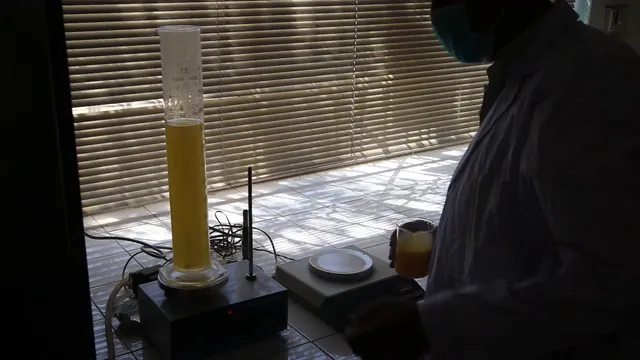
Have you faced challenges with AI? Share your experiences in the comments below!
Conclusion
Using a canine artificial insemination kit is vital for effective breeding. It enhances the chances of successful fertilization and promotes responsible breeding practices. As technology evolves, the future of canine reproduction looks promising. Embracing these advancements can lead to healthier dog populations and more successful breeding outcomes.
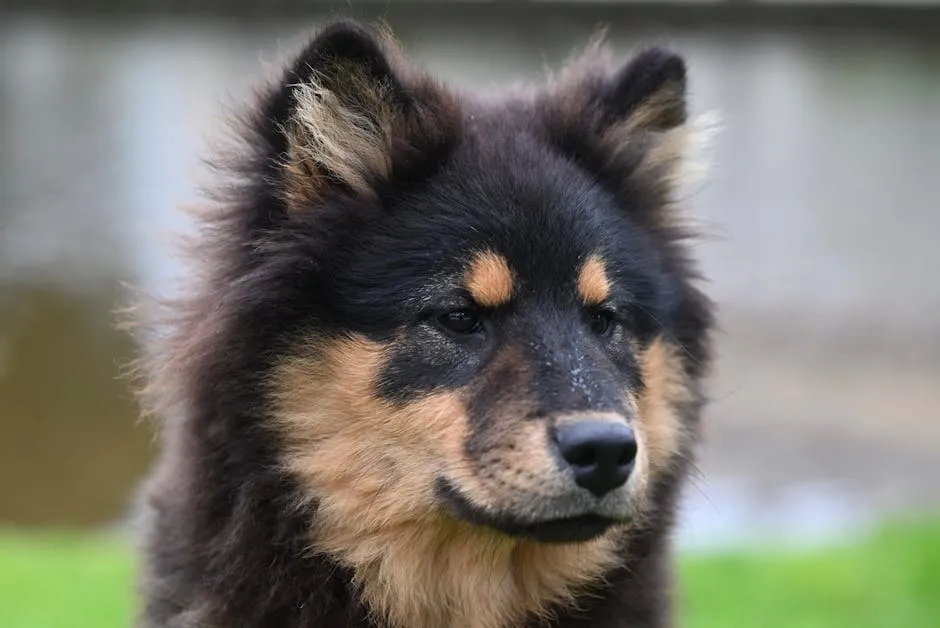
FAQs
What is included in a typical canine artificial insemination kit?
A canine artificial insemination kit usually contains several essential items. You’ll find insemination tubes, which are crucial for inserting sperm into the female dog. Syringes help in drawing up and administering the semen. Collection bags are included for safely gathering the semen. You’ll also need gloves to maintain hygiene during the procedure. Lastly, lubricants are necessary to facilitate smooth insertion without harming sperm. Each component is vital for ensuring a successful breeding process.
How successful is artificial insemination in dogs?
The dog AI success rate varies based on the type of semen used. Fresh semen has the highest success, often matching natural breeding rates. Chilled semen typically offers a success rate of around 60-80%. However, frozen semen tends to have lower success, around 11%. For optimal results, timing insemination correctly is crucial. Using fresh or properly chilled semen can significantly enhance your chances of achieving pregnancy.
Can I perform AI at home without professional help?
Performing home canine artificial insemination is possible, but it requires proper training and knowledge. Familiarize yourself with the female dog’s heat cycle and the insemination procedure. Using sterile equipment is critical to avoid infections. While some breeders succeed at home, consulting a veterinarian for guidance is highly recommended. This ensures you’re well-prepared and minimizes risks, leading to better outcomes.
What are the signs that my dog is in heat?
Dog heat cycle signs include swollen vulva and bleeding, which can last from three to twelve days. After bleeding, the vulva softens, indicating she is ready to mate. This receptive stage, known as estrus, typically lasts three to seven days. During this period, she will stand for a male dog, signaling her readiness. Monitoring these signs is essential for successful breeding.
How should I store collected dog semen?
Dog semen storage is crucial for maintaining viability. If immediate insemination isn’t possible, add a semen extender and refrigerate it. This method preserves sperm for up to 24 hours. For longer storage, freezing is necessary, but it must be done by a qualified veterinarian to ensure sperm viability. Proper storage techniques can greatly influence the success of artificial insemination.
Please let us know what you think about our content by leaving a comment down below!
Thank you for reading till here 🙂
All images from Pexels
Introduction
Artificial insemination (AI) is a breeding method for dogs. Using a proper canine artificial insemination kit is crucial for success. This article aims to educate breeders on AI kits and their effective use.
Speaking of which, if you’re looking for a complete solution, don’t miss out on the Canine Artificial Insemination Kit. This kit is designed to make your breeding experience smooth and efficient, ensuring that you have everything you need at your fingertips!
Summary and Overview
Canine artificial insemination is a key technique in dog breeding. It allows breeders to introduce genetic diversity and enhance convenience compared to natural mating. With AI, you can breed dogs who are physically distant or when natural mating isn’t feasible.
In this article, you’ll learn about the components of AI kits, the step-by-step process for performing artificial insemination, and tips for achieving optimal results. Whether you’re a seasoned breeder or just starting out, this guide will equip you with essential knowledge for successful dog breeding.
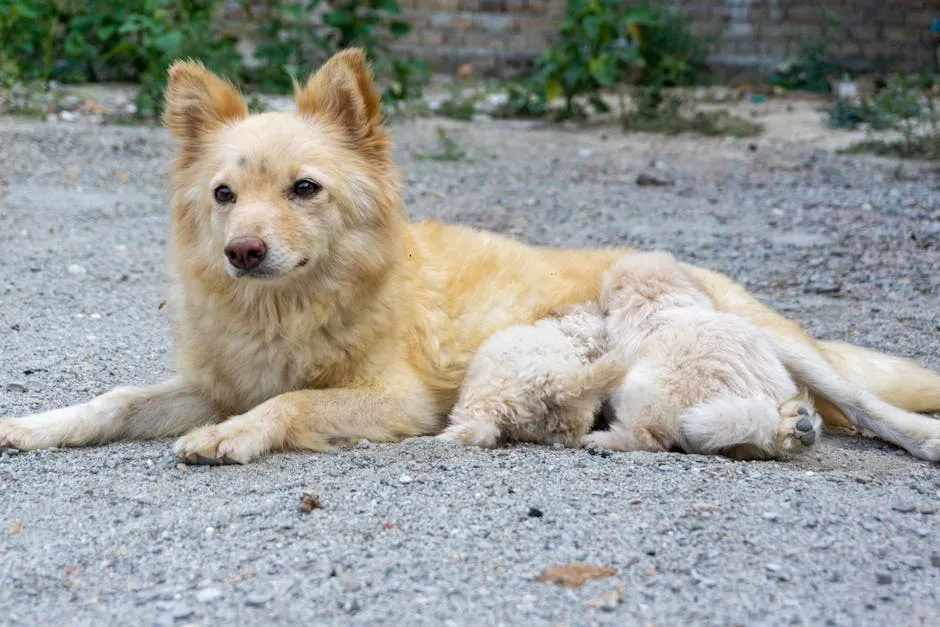
Understanding Canine Artificial Insemination
What is Canine Artificial Insemination?
Canine artificial insemination is a method that involves placing sperm directly into a female’s reproductive tract. This technique has evolved significantly since its first recorded use in the 18th century. Initially, it was a trial-and-error process, but advancements in veterinary science have made it a viable breeding option.
Today, AI is essential for modern dog breeding practices. It allows breeders to manage timing more effectively, increasing the chances of successful pregnancies. Recent studies show that AI usage among breeders has risen dramatically, highlighting its importance in ensuring healthy gene pools and improving overall breeding outcomes.
For those curious about the AI process, check out this informative video that explains it in detail.
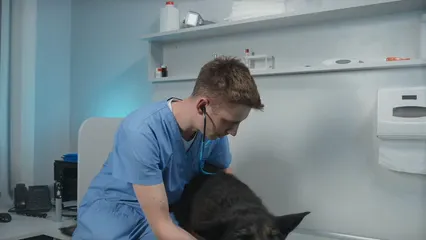
Components of a Canine Artificial Insemination Kit
Essential Items in an AI Kit
A canine artificial insemination kit includes several key components. These items ensure a successful and safe breeding process.
Insemination tubes are vital for placing the sperm into the female’s reproductive tract. They come in various lengths and should be made of high-quality, flexible materials to avoid injury. You can find excellent options like Sterile Insemination Tubes that provide the right fit and safety.
Syringes are used for drawing up and administering the semen. Choose syringes that are sterile and sized appropriately for your dog breed. A typical size is 20cc, but smaller breeds may require 10cc syringes. Grab a pack of 20cc Syringes to ensure you have what you need when the moment arrives.
Collection bags are essential for gathering the semen. These bags need to be non-spermicidal and made of medical-grade materials to ensure safety and hygiene. Using the right bags can significantly affect sperm viability. Check out the Medical-Grade Collection Bags for peace of mind.
Lubricants are necessary to facilitate insertion without damaging the sperm. Opt for non-spermicidal lubricants to ensure the best chances of success. If you want to ensure that you’re using the best, grab a tube of Non-Spermicidal Lubricant to keep things smooth.
Using high-quality materials in your AI kit is crucial. Studies show that success rates for artificial insemination rise dramatically with superior equipment. Higher quality kits can lead to a higher likelihood of conception, making them a worthwhile investment for breeders.
Looking for a reliable AI kit? Check out these recommended products that include all essential components for successful insemination.
Choosing a quality artificial insemination kit for dogs is essential for successful breeding.
Steps for Performing Canine Artificial Insemination
Preparation Before AI
Timing is everything when it comes to artificial insemination. The heat cycle of the female dog plays a crucial role. You need to identify when she is most fertile. This usually occurs during the estrus stage, approximately two days before and three days after ovulation.
Preparation also includes ensuring proper hygiene in your environment. Always use sterile equipment and maintain a clean area to prevent infections. A clean setup reduces the risk of complications and increases the chances of successful breeding.
For tips on tracking your dog’s heat cycle, link to our resources for further guidance. Proper preparation lays the groundwork for successful artificial insemination. Consider using a Heat Cycle Tracker for Dogs to help monitor her cycles accurately.

The AI Procedure
Performing artificial insemination (AI) requires careful attention to detail. Here’s a step-by-step guide to help you through the process safely and effectively.
- Gather Supplies: Ensure you have a sterile insemination kit, including tubes, syringes, and gloves.
- Prepare the Dog: Position the female dog standing with her back legs behind her pelvis. This posture aids in insertion.
- Insert the Tube: Attach the syringe to the insemination tube. Gently insert the tube into the vaginal vault while avoiding the urethra.
- Deposit Semen: Once the tube is in place, deposit the semen. Follow up with air or a semen extender to push any remaining semen through.
- Hold Position: Keep the female standing for at least 10 minutes post-insemination to maximize success.
Common mistakes to avoid include using non-sterile equipment, which can lead to infections. Ensure that your timing is right; inseminate during the female’s peak fertility period. Misjudging this can significantly lower your success rate. According to veterinary studies, fresh semen AI has a success rate comparable to natural mating when done correctly.
Want a visual guide? Watch instructional videos that demonstrate the process in detail. They can help you see firsthand how to perform AI effectively.

Aftercare and Follow-Up
Post-Insemination Care
After the AI procedure, it’s crucial to care for the female dog properly. Provide a calm, quiet space where she can rest. Stress can affect her chances of pregnancy. Consider using a Dog Anxiety Vest to help keep her calm during this time.
Monitor her for signs of pregnancy, which can appear within a few weeks. Look for behavioral changes, a decrease in appetite, or a larger abdomen. It’s essential to keep track of her heat cycle and note any changes in her behavior.
For more information on dog pregnancy care, check out our linked resources. They offer valuable insights on what to expect and how to support your dog during this important time. You might also want to consider a Dog Pregnancy Test Kit to confirm her status!

Potential Challenges and Solutions
Common Issues with AI
Artificial insemination (AI) in dogs can come with challenges. One major issue is poor semen quality. If the semen has low motility or abnormal morphology, the chances of successful fertilization decrease significantly. According to studies, around 30% of AI failures are due to subpar semen quality.
Another common challenge is timing errors. Misjudging the female dog’s heat cycle can lead to missed opportunities for successful insemination. The optimal window for AI is typically two days before and three days after ovulation.
To tackle these problems, breeders can take specific steps. First, always perform a semen analysis before insemination. This ensures that the semen is viable. Additionally, tracking the female’s heat cycle accurately can help identify the best time for insemination. Using hormone tests can provide precise timing. For a comprehensive guide on this topic, consider picking up a Canine Reproductive Health Book for in-depth understanding.

Have you faced challenges with AI? Share your experiences in the comments below!
Conclusion
Using a canine artificial insemination kit is vital for effective breeding. It enhances the chances of successful fertilization and promotes responsible breeding practices. As technology evolves, the future of canine reproduction looks promising. Embracing these advancements can lead to healthier dog populations and more successful breeding outcomes.

FAQs
Please let us know what you think about our content by leaving a comment down below!
Thank you for reading till here 🙂
All images from Pexels

